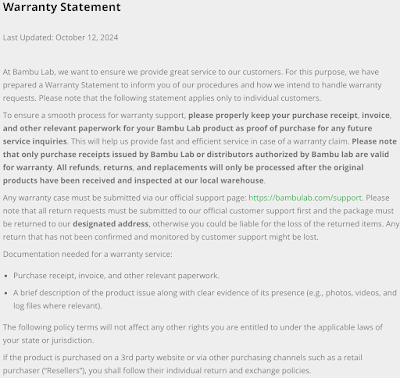I’ve been taking advantage of Black Friday deals since early November. I purchased Apple AirPods Pro 2 Wireless Earbuds at Amazon for $153.99 (list price $249.00), and they arrived yesterday (the actual Black Friday after Thanksgiving). I intended to give the AirPods as a gift, and unfortunately the box was heavily soiled as pictured here:
The AirPods were shipped in an iconic brown cardboard Amazon box, and the cardboard box had no signs of damage or soiling, so my guess is that the AirPods packaging was soiled prior to shipping. My plan was to return the item with the soiled packaging and buy the same AirPods Pro 2 item again. I’ve returned items in the past by simply clicking the “Return” button from my order history, stating a reason, and I’d immediately be given a return merchandise authorization (RMA) with free return shipping via my neighborhood UPS Store.
The process was a little different for the AirPods Pro 2. When initiating the return, I had to select from one of multiple reasons for the return, but none of the reasons included soiled packaging.
Hello,
I've created a replacement for you at no additional charge. Here are the details:
Order Number: xxx-xxxxxxx-xxxxxxx
Here is a direct link to check on the status of your replacement order:
https://www.amazon.com/gp/css/summary/edit.html?orderID=xxx-xxxxxxx-xxxxxxx
Please click on the following link to be brought to your personalized return label and follow the instructions provided:
https://www.amazon.com/spr/returns/label/rmaID/xxxxxxxxxxxx
We look forward to seeing you again soon. If you need troubleshooting help, look for Get Product Support in Your Orders. You can talk to an expert, get setup help, and more. Learn more
Best regards,
xxxxx
Amazon Tech Support
I was told that I do not need to immediately return the item with the soiled packaging and that I could wait until after the replacement item arrives. What I don’t understand is why I would not immediately return the current item—if not now, then when? I have no intention of keeping both items, as I assume I’d be charged for the replacement item if I do not return the original item. Overall, this whole return/replacement process has been a minor hassle, and it would have been nice if Amazon did not ship a substandard product to me in the first place. I guess it’s one of the small risks related to buying from an online retailer. Had I purchased the item from a brick and mortar store, I surely would have asked for another pair of earbuds without the soiled packaging before I walked out the door.



















